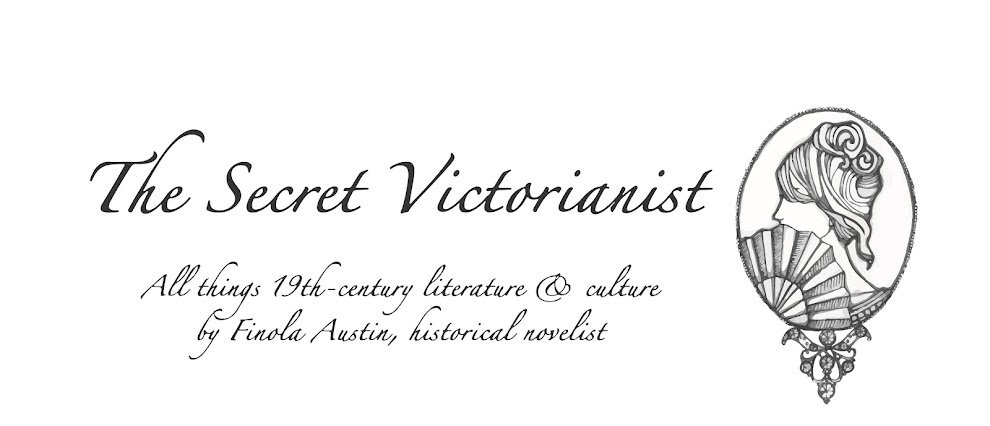A few weeks ago the Secret
Victorianist was back at the New York City Ballet (see my thoughts on the
NYCB’s Nutcracker here) for a
production of Coppelia, the
perennially popular story of a man who believes his doll has come to life. The
ballet premiered in Paris in 1870, with music by Leo Delibes, libretto by
Charles-Louis-Étienne Nuitter and choreography by Arthur Saint-Léon. The New
York City Ballet uses Balachine and Danilova’s 1974 choreography.
 |
| The NYCB's Coppelia |
Coppelia plays with
many of the tropes of European folklore and fairy-tale. Lovers fight and are
reunited, youngsters trick old men, reality isn’t always in line with
appearances. But watching the NYCB’s production made me wonder about the
origins of this nineteenth-century ballet, conceived in a time when clockwork
toys were all the rage, not quaint reminders of a distant past.
Coppelia was in fact
inspired a story penned by E.T.A. Hoffmann, whose novella The Nutcracker
and the Mouse King inspired Christmas-favourite The Nutcracker. In 1815 short story Der Sandmann, protagonist Nathanael turns away from loving
childhood sweetheart Clara, enraptured by the beautiful Olimpia, who turns out
to be an automaton.
There are multiple similarities
here. One of Olimpia’s creators goes by the names Copellius and Coppola,
directly influencing the names used in the ballet. The dolls in both stories
sit on balconies, apparently reading, while watched by pining lovers. And in
both cases a man abandons his former love for a fantasy, calling into question
the fragility of reality and the fickleness of masculine desire.
But the differences are even more
revealing. In the ballet abandoned fiancée Swanhilda steals the show, mimicking
the movements of a doll to trick lonely inventor Dr Coppelius and her untrustworthy
lover. In Der Sandmann Clara merely
suffers patiently and can only enjoy her happy ending after Nathanael’s death.
In the comedy it is the inventor
who must be humbled by the end, with order returned to the village and
youngsters dancing off neatly in pairs. But in the unnerving and Gothic story,
Nathanael’s fate changes the nature of relationships between men and women,
with lovers now doubting not only their partners’ sincerity, but also their
humanity.
Finally a central theme of
Hoffmann’s survives into the NYCB’s choreography in just a couple of moments,
where Swanhilda mocks the blinking of the doll’s mechanical eyes. In Der Sandmann the idea of sight is ever
present. The threat of the sandman blinding them is used to scare children to
bed, a telescope allows Nathanael to ‘see’ Olimpia, without really understanding
what she is, and the devastating revelation that she’s just a toy comes when he
finds her eyes discarded on the ground.
 |
| 'Ava' in Ex Machina |
It’s easy to think of modern
equivalents for these two very different approaches to the idea of women
designed for men. The doll Coppelia is the precursor to the fem-bots in Austin Powers, the ballet equivalent of
the blow-up doll carried around at a bachelor party. But Olimpia has more
kinship with Ava in Ex Machina or an
army of Stepford Wives.
Audiences will continue to
delight in the unabashed silliness of one of the world’s most popular ballets,
to revel in the quaintness of the toy store set, the nostalgia of Germanic
villages decked out by ribbons and flowers. But I couldn’t help wishing for a
modern take on Coppelia in a world of
AI, sex-bots and catfishing.
Do you know of any NYC productions you’d love
the Secret Victorianist to watch? Let me know—here, on Facebook or
by tweeting @SVictorianist.


